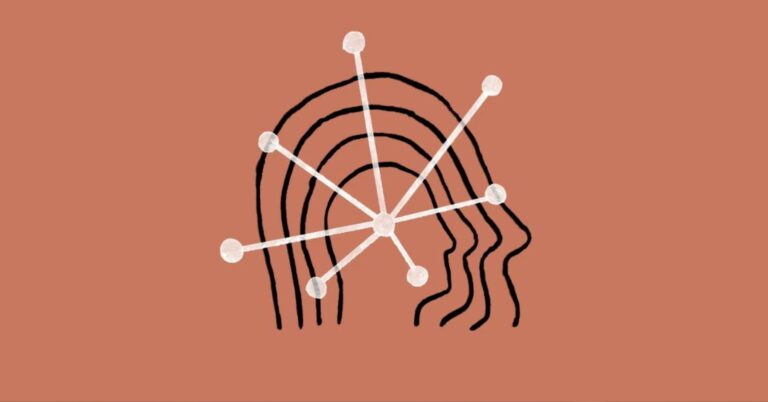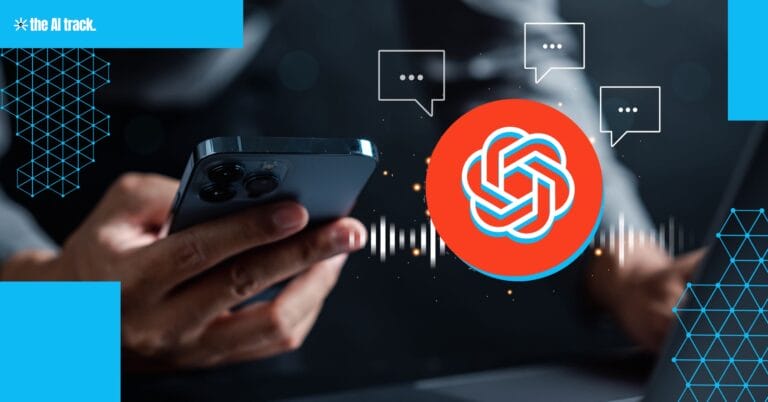OpenAI has introduced ChatGPT Deep Research, a new AI-powered capability in ChatGPT that autonomously conducts multi-step, in-depth web research for complex tasks, saving users hours of manual effort.
This tool is ideal for professionals and individuals who need comprehensive, in-depth research, such as those in finance, science, policy, and engineering. It is also useful for everyday tasks requiring detailed research, such as product purchases (e.g., cars, furniture) or in-depth analysis for projects in various sectors.

OpenAI Launches Revolutionary ChatGPT Deep Research – Key Points
Deep Research Overview:
- Autonomous Research: ChatGPT Deep Research autonomously searches the web, synthesizing information from hundreds of online sources to generate comprehensive, multi-step reports.
- Powered by o3 Model: The feature is powered by OpenAI’s o3 model, optimized for web browsing, data analysis, and reasoning. This model excels in handling text, images, and PDFs, adjusting its approach based on the type of content it encounters.
- Task Time: The tool significantly reduces research time, completing tasks that would take hours in just 5 to 30 minutes.
- Canvas Output: The tool produces a Canvas as its final output, which includes detailed research findings, citations, and a summary of the process used. This structured output makes it easier for users to reference and verify the information.
- Sidebar Summary and Transparency: ChatGPT Deep Research provides a sidebar summary of its research process, including citations and a step-by-step breakdown of its reasoning. This feature enhances transparency and allows users to understand how the AI arrived at its conclusions.
- Real-Time Adaptation: ChatGPT Deep Research can backtrack and adapt to new, real-time information, ensuring its outputs are dynamic and accurate. OpenAI showcased Deep Research’s ability to recursively search the web, synthesize information, and generate detailed reports with citations, as seen in an example of creating a report on Albert Einstein for a hypothetical Senate hearing.
- Future Features: Future versions will incorporate data visualizations, embedded images, and charts to enhance output for data-heavy tasks, adding even more depth to its capabilities.
Target Audience and Use Cases:
- Professional Applications: The tool is highly beneficial for experts in fields like finance, science, law, and engineering, as it can assist with complex, expert-level research tasks. It is especially valuable for knowledge workers involved in intensive research, such as analysts or policy developers.
- Personal Use Cases: It also supports everyday users who need detailed information for personal decisions, such as researching purchases or exploring specialized topics.
- Industry Impact: ChatGPT Deep Research is poised to accelerate progress in fields where detailed, high-level research is critical, like law, science, and economics. OpenAI’s Chief Product Officer, Kevin Weil, highlighted its potential to foster economic growth through enhanced decision-making capabilities.
How to Use Deep Research:
- User Experience: ChatGPT Deep Research can be accessed by ChatGPT Pro users who can submit up to 100 queries per month. Users can ask complex questions using text, images, or files (e.g., PDFs, spreadsheets) to provide additional context. Tasks typically take between 5 and 30 minutes to complete.
- Research Variety: Queries range from competitive analysis to personalized reports, and users can easily attach files to refine the scope of the search.
- Reports and Visuals: While the tool currently outputs text-based reports, OpenAI plans to expand to include data visualizations and other analytic outputs in the future, making it even more versatile for data-heavy tasks.
Performance and Benchmarks:
- State-of-the-Art Accuracy: ChatGPT Deep Research has been tested on GAIA and Humanity’s Last Exam, achieving 26.6% accuracy, which is a substantial improvement over other models. In comparison, GPT-4o scored 3.3%, and Claude 3.5 Sonnet achieved 4.3% on the same test.
- Industry-Leading Results: The tool’s performance on these benchmarks, particularly Humanity’s Last Exam—a test with over 3,000 expert-level questions across 100+ topics—sets a new standard for AI’s ability to handle complex, multi-step research tasks. Deep Research outperformed models like DeepSeek’s R1 (9.4%) and Google’s Gemini Thinking (6.2%).
Technical Capabilities:
- Reinforcement Learning: ChatGPT Deep Research was trained using reinforcement learning on real-world tasks that require browsing, data analysis, and the use of external tools like Python. It is designed to autonomously plan, execute, and refine its research steps.
- Advanced AI Techniques: The tool’s use of OpenAI’s neural network technology enables it to process and understand complex datasets, ensuring high-quality outputs even when dealing with ambiguous or partial information.
- Web Integration: It can access user-uploaded files, generate graphs, and create detailed reports. Future iterations will include visualizations and enhanced interaction with structured data.
Access and Availability:
- Limited Access: Currently, Deep Research is only available to ChatGPT Pro users, with access limited to 100 queries per month. However, OpenAI plans to expand access to Plus, Team, and Enterprise users in the near future.
- Geographic Availability: Currently limited to certain regions, it will soon be available in countries like the UK, Switzerland, and the European Economic Area.
- Efficiency and Cost: While the tool is currently compute-intensive, OpenAI is working on a faster and more cost-effective version that will use a smaller model for wider accessibility.
Limitations:
- Accuracy and Hallucinations: Although ChatGPT Deep Research has shown impressive performance, it can occasionally hallucinate facts or confuse authoritative information with rumors. OpenAI is continuously refining the model to address these issues.
- Performance Tuning: The tool’s confidence calibration is still evolving, and users may encounter minor formatting errors or delays. OpenAI is working on improving its ability to handle uncertainty and provide more consistent outputs.
- Compute Demands: The compute requirements of ChatGPT Deep Research are significant, meaning that some research tasks may take longer or be resource-intensive. OpenAI is focusing on optimizing the tool for greater efficiency.
Why This Matters:
- Transforming Research: ChatGPT Deep Research has the potential to revolutionize how users approach web research, providing a highly efficient, transparent, and reliable tool for tasks ranging from everyday queries to complex, expert-level inquiries.
- Advancing AI Capabilities: By integrating advanced reasoning and web browsing, Deep Research takes a significant step toward Artificial General Intelligence (AGI), potentially enabling AI to contribute to scientific discovery and more.
- Democratizing Knowledge: OpenAI’s goal of making such advanced research tools accessible to a broader audience is a major step in democratizing knowledge and fostering innovation across industries.
- Impact on Professional Fields: Deep Research can have a profound impact on industries like law, policy, and science, where the ability to conduct fast, reliable, and comprehensive research is essential.
- Competitive Landscape: With tools like Operator and competitors such as Google’s Project Mariner, Deep Research is part of a growing wave of AI models designed to push the boundaries of what’s possible in automated research and analysis.
Read a comprehensive monthly roundup of the latest AI news!






